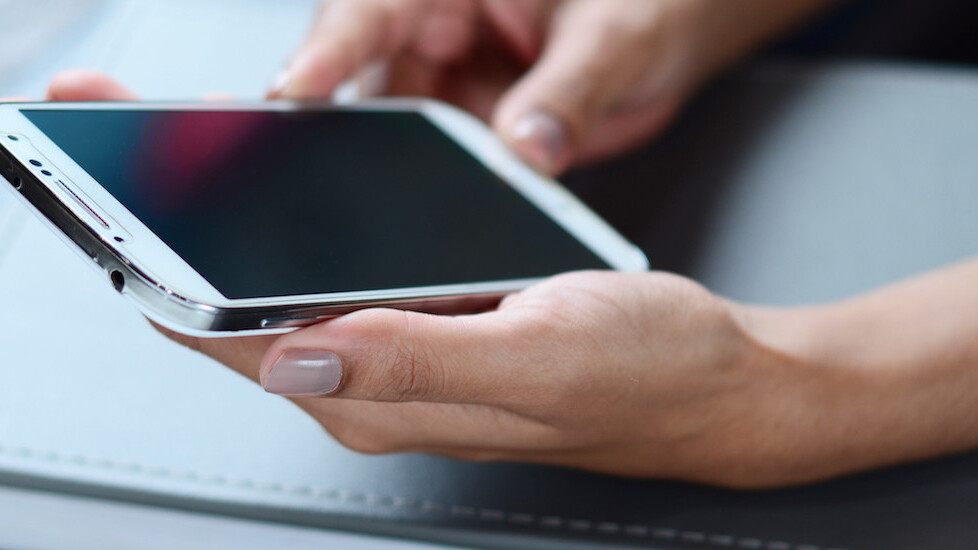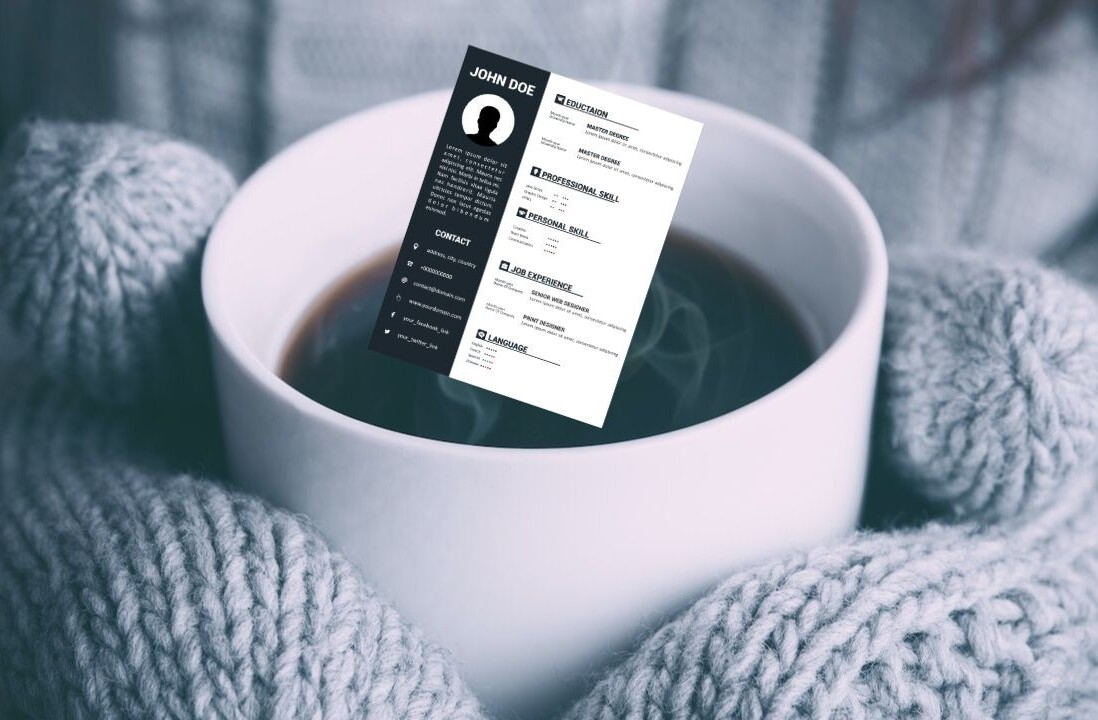
Sam Gaddis is the Chief Innovation Officer at Mutual Mobile.
The buzz around beacons is substantial. Up to now it has been predominantly contained to retail, with brands salivating over the prospect of being able to reach their customers long before they make their way to the sales counter, but a shift is occurring.
In the past week I have counted no less than ten beacon-related launches, from museums to payment solutions and everything in between. But sticking a small transmitter under an end-cap display, or at your car wash, and waiting for the profits to roll in isn’t going to cut it.
Here are seven things brands need to do prior to launching a beacons experience.
1. Know your user
Whom are you trying to reach with your beacon? Do you know their habits? Do you know their preferences? Do you know if they are predominantly Apple or Android users?
It cannot be understated how important it is to understand your user before you try to contextualize their experience. Don’t invest in building a beacon experience for your waterpark, only to find that your visitors are locking their phones in a locker upon arrival.
The promise and appeal of beacons, for a user, comes from an interest in personalized communication from their favorite haunts – stores to subway stations – not just getting a slew of promotional alerts because they happen to be standing next to your transmitter.
Take the time to understand your users’ technology habits, as well as their habits when they work, shop, and play, to ensure what you are offering is of value to them, and to your business.
2. Know your technology
Too often we see brands jump on a tech trend just to do it, or even worse, just to be first. This immature leap forward often leads to a spike in interest, but is quickly followed by rapid drop-off rates and, often, pretty disgruntled consumers.
Strive to understand the technology. Get hands on. Beacons can do incredible things, but there are limitations, so play with the products (or find a partner you trust to put them through the paces). Make sure the fantasy contextual experience is possible by running demo tests and setting up trial runs. Or understand how to make it possible if current solutions aren’t there yet.
It is far better to know you have a hurdle in front of you than to run into one with no warning.
3. Know your beacon
Seemingly overnight, a wealth of beacons manufacturers have launched, poised to deliver hardware that gives brands endless insight into their consumer and a new way to reach them. But not all beacons are created equal.
There are several key factors you need to consider when selecting your beacon – battery life, form-factor, customization, range, weatherproofing, and sensitivity. Some of these are purely cosmetic.
Kontact, for example, allows you to select color, apply logos, or design your own casing via its 3D printers, to best suit your brand’s needs. However, some of these depend on each other – battery life is often tied closely to range and sensitivity, so tier your needs and select your provider accordingly.
4. Know your limitations
There is a laundry list of things that must be in place in order for your beacons launch to be successful.
- Does your user have your app? Does your user have Bluetooth turned on?
- Is your user using a device that can receive beacon transmissions (most Apple devices, Android devices running 4.3 OS and beyond)?
- Does the system you have in place require LTE or Wi-Fi to deliver content?
- Do your consumers need to allow your app access to Location Services for the experience to work effectively?
Keep in mind this is still a new technology and the kinks are being hammered out as we speak. Knowing exactly how your solution works, and what it needs to be successful, will keep you ahead of the curve in delivering a killer beacon launch.
5. Train your team
Sales associates and in-store staff are your first line of defense against a disgruntled customer. Give your team the tools they need to be successful by making sure they understand the nuances of your beacon deployment and are ready to help your user experience its value.
Even the tech-savviest of consumers is likely new to a contextualized experience, so make sure your team is well prepared to answer questions and help your user navigate this brave new world.
Additionally, make sure they are well versed on your privacy policy and prepared to answer questions. One of the biggest, albeit slightly unfair, pushbacks beacons face from consumers is the idea that someone is watching… always watching.
Often, what the beacon offers, be it more personal information or a discount on goods, won’t be enough to immediately make someone feel less violated, but a well-informed associate could go a long way to ease a users concerns.
6. Train your user
While a good portion of beacon technology seems like magic, there is quite a bit of back-end work that has to happen for this magic to occur. Right off the bat, hardware and software have to be compatible, and Bluetooth has to be toggled on. From there, depending on how you implemented the solution, things can get significantly more complex.
Take the time at the beginning of a beacons installation to educate your user. Start small and add additional features as you see them embrace beacons. Grow with them, listen to their feedback, and be prepared to make adjustments based on what you hear.
7. Have a (continual) plan
Okay, beacons are installed. Customers are engaged. Now what?
You need to have two types of ongoing plans in place for beacons: 1) maintenance and 2) content. As with any technology, your beacons are going to need some IT love. Be prepared to service hardware, update software and, when needed, replace batteries.
You also need a plan for where you will take your beacons program – you can’t just keep pushing the same discount or parcel of information out to users and expect them to remain engaged. Have a roadmap in place for increasing and improving output, be prepared to update the beacons’ sensitivity or range to change up the user experience, and always know what your next promotion is going to be.
Beacons are poised to be the gift that keeps on giving for an array of experiences – retail, museums, hospitals, gyms, theme parks, concerts, transportation, and even sporting events. Their golden promise lies in the insight they can share and the intimacy they can deliver. But nothing worthwhile is easy or free.
Be prepared to do your due diligence, invest in your system and educate yourself, your team and your users. The rewards will be worth it, and significantly greater than just being first – if you do it right.
Get the TNW newsletter
Get the most important tech news in your inbox each week.




